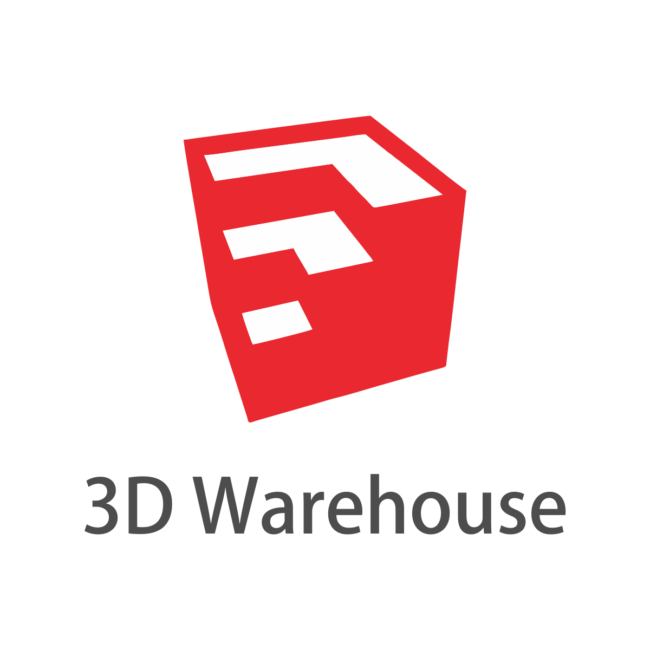
Problems that solves
High costs of routine operations
Low employee productivity
Lengthy production timelines
Values
Reduce Costs
Enhance Staff Productivity
Reduce Production Timelines
About Product
Description
It has modeling capabilities and a flexible plugin architecture and can be used on the Microsoft Windows platform. It is frequently used by video game developers, many TV commercial studios and architectural visualization studios. It is also used for movie effects and movie pre-visualization. For its modeling and animation tools, the latest version of 3ds Max also features shaders (such as ambient occlusion and subsurface scattering), dynamic simulation, particle systems, radiosity, normal map creation and rendering, global illumination, a customizable user interface, new icons, and its own scripting language. Features:
- MAXScript: built-in scripting language that can be used to automate repetitive tasks, combine existing functionality in new ways, develop new tools and user interfaces, and much more
- Character Studio helps users to animate virtual characters
- Scene Explorer, a tool that provides a hierarchical view of scene data and analysis, facilitates working with more complex scenes. Scene Explorer has the ability to sort, filter, and search a scene by any object type or property (including metadata)
- DWG import
- Texture assignment/editing: creative texture and planar mapping, including tiling, mirroring, decals, angle, rotate, blur, UV stretching, and relaxation; Remove Distortion; Preserve UV; and UV template image export
- General keyframing: set key and auto key — offer support for different keyframing workflows
- Constrained animation: objects can be animated along curves with controls for alignment, banking, velocity, smoothness, and looping, and along surfaces with controls for alignment. Weight path-controlled animation between multiple curves, and animate the weight. Objects can be constrained to animate with other objects in many ways — including look at, orientation in different coordinate spaces, and linking at different points in time
- Skinning
- Skeletons and inverse kinematics (IK)
- Integrated Cloth solver
- Integration with Autodesk Vault
- Max Creation Graph









